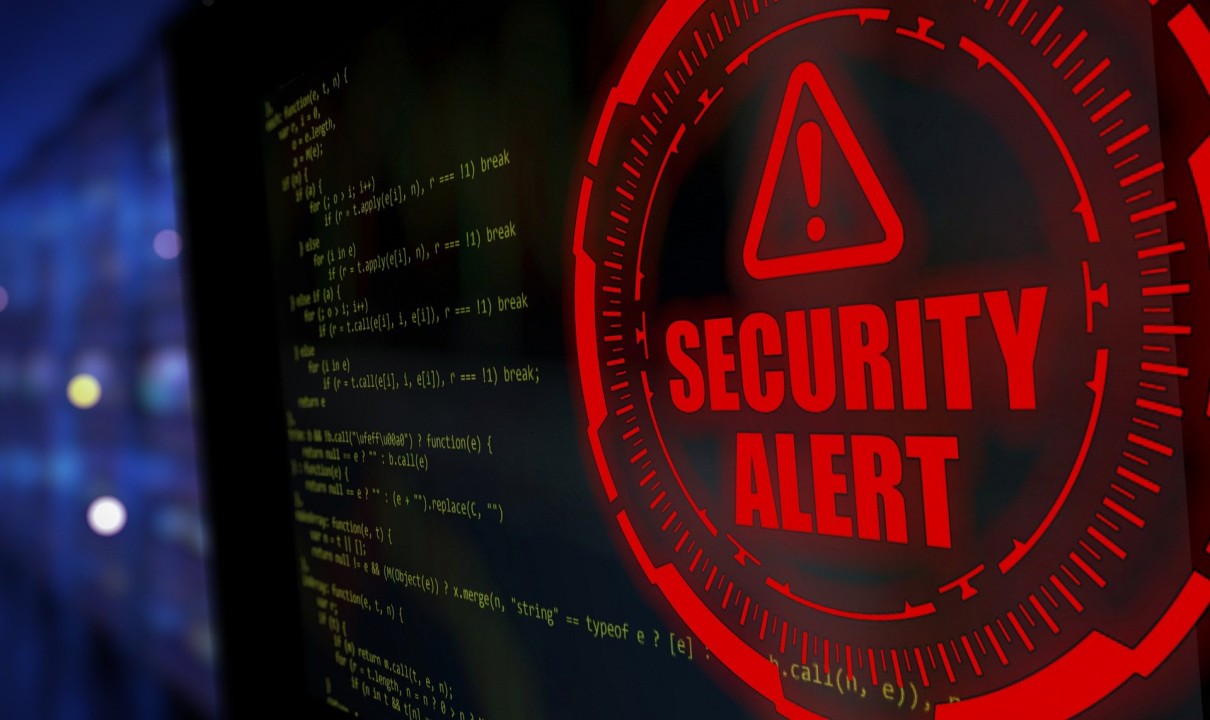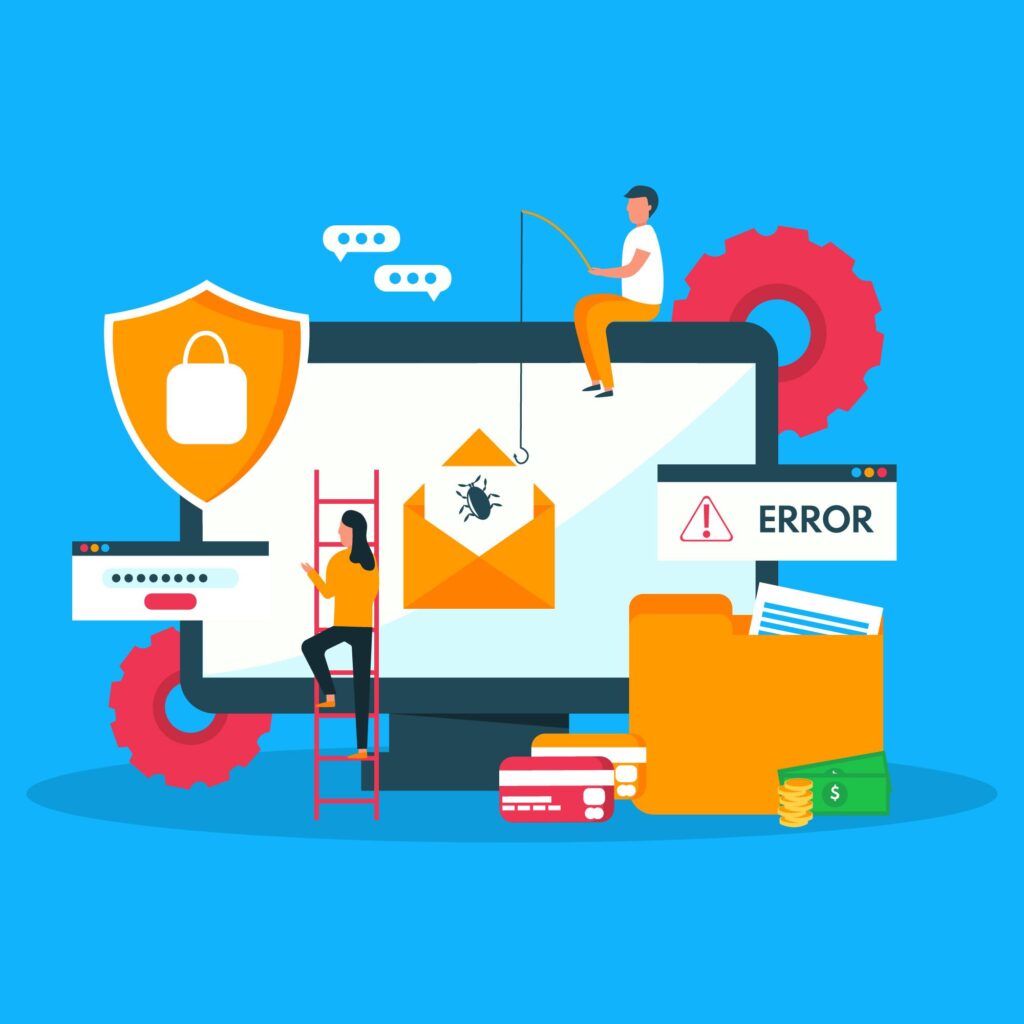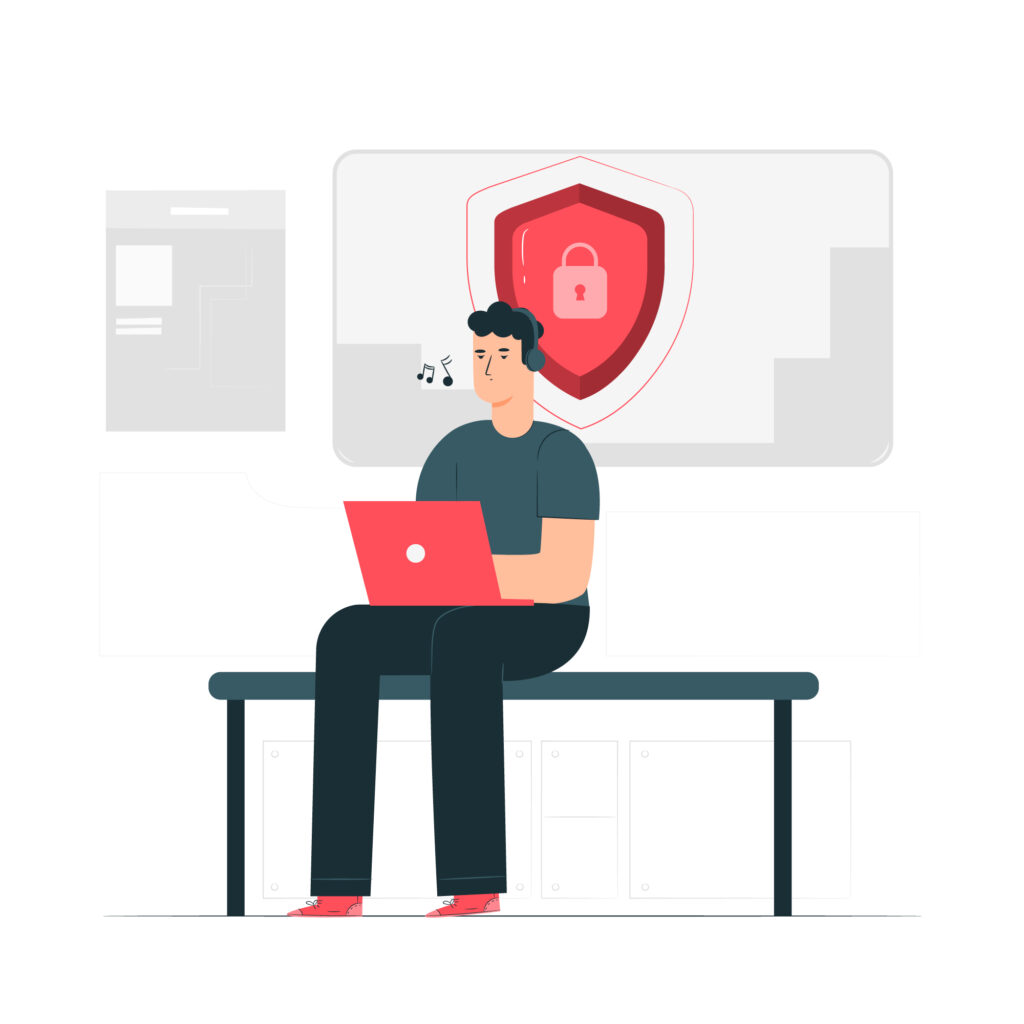 By: John Abhilash / July 10, 2024
By: John Abhilash / July 10, 2024
In today’s rapidly evolving digital landscape, understanding and improving your organization’s security posture is more critical than ever. A robust security posture assessment can help you identify vulnerabilities, prioritize risks, and allocate resources effectively. This article will guide you through the essential aspects of security posture assessment, providing valuable insights and practical tips to help you evaluate your defenses like a seasoned professional.
Before diving into the tools and techniques, let’s clarify what we mean by security posture assessment. It’s a comprehensive evaluation of an organization’s overall cybersecurity strength, including:
Network security
Application security
Data protection measures
Employee awareness and training
Incident response capabilities
Compliance with relevant regulations
A thorough assessment provides a holistic view of your security landscape, helping you make informed decisions about where to focus your efforts and resources.
Vulnerability scanners are the workhorses of security posture assessment. They systematically probe your systems for known weaknesses and misconfigurations. Popular options include:
Nessus Professional
Qualys Vulnerability Management
OpenVAS (open-source alternative)
Penetration testing tools simulate real-world attacks to identify exploitable vulnerabilities. Some widely used tools include:
Metasploit Framework
Burp Suite
OWASP ZAP (open-source)
SIEM systems aggregate and analyze log data from various sources, providing real-time insights into your security posture. Leading SIEM solutions include:
Splunk Enterprise Security
IBM QRadar
ELK Stack (open-source)
Automation is key to maintaining a continuous understanding of your security posture. Here are some approaches to automate your assessment process:
Implement tools that automatically scan your environment for vulnerabilities on a regular basis. This ensures you’re always aware of new weaknesses as they emerge.
Use tools that can automatically verify compliance with relevant standards and regulations, such as GDPR, HIPAA, or PCI DSS.
Leverage artificial intelligence and machine learning algorithms to analyze vast amounts of security data and identify patterns that might indicate potential threats or areas of weakness.
To get the most out of your security posture assessment, consider these best practices:
Before making any changes, establish a baseline of your current security posture. This will serve as a reference point for measuring improvement over time.
Not all assets are created equal. Focus your assessment efforts on your most critical systems and data first.
Don’t rely on a single tool or technique. Use a combination of automated scans, manual testing, and expert analysis for a comprehensive view.
Include representatives from various departments in your assessment process. They can provide valuable insights into business processes and potential security impacts.
Security posture assessment isn’t a one-time event. Schedule regular reassessments to keep up with changes in your environment and emerging threats.
In today’s fast-paced threat landscape, real-time visibility into your security posture is invaluable. Here are some strategies for achieving this:
Implement tools that provide continuous monitoring of your network, systems, and applications. This allows you to detect and respond to threats as they occur.
Utilize security dashboards that provide at-a-glance views of your current security status. These can help you quickly identify areas of concern and track improvements over time.
Set up automated alerts for significant changes in your security posture or potential security incidents. This ensures that your team can respond quickly to emerging threats.
Several frameworks can guide your security posture assessment efforts. Here are a few popular options:
The National Institute of Standards and Technology (NIST) Cybersecurity Framework provides a comprehensive approach to assessing and improving cybersecurity posture. It focuses on five core functions:
Identify
Protect
Detect
Respond
Recover
ISO 27001 is an international standard for information security management. It provides a systematic approach to assessing and managing information security risks.
While not strictly an assessment framework, MITRE ATT&CK provides a comprehensive knowledge base of adversary tactics and techniques. It can be invaluable in assessing your defenses against real-world attack scenarios.
As organizations increasingly move to the cloud, assessing cloud security posture becomes crucial. Here are some key considerations:
Utilize cloud-native security tools provided by your cloud service provider, such as AWS Security Hub or Azure Security Center.
If you’re using multiple cloud providers, consider tools that can provide a unified view of your security posture across all environments.
Pay special attention to IAM configurations in your cloud environments, as misconfigurations can lead to significant vulnerabilities.
To measure the effectiveness of your security posture assessment and improvement efforts, consider tracking these Key Performance Indicators (KPIs):
Mean Time to Detect (MTTD)
Mean Time to Respond (MTTR)
Number of critical vulnerabilities
Patch management efficiency
Security awareness training completion rates
Incident response plan effectiveness
While security posture assessment is crucial, it’s not without its challenges. Here are some common obstacles and how to address them:
Many organizations struggle with limited cybersecurity budgets and personnel. To address this:
Prioritize assessment efforts based on risk
Leverage automation where possible
Consider managed security services for specialized expertise
The threat landscape is constantly changing. Stay informed by:
Subscribing to threat intelligence feeds
Participating in industry forums and conferences
Regularly updating your assessment tools and methodologies
With the proliferation of cloud services, IoT devices, and remote work, assessing security posture has become more complex. Address this by:
Maintaining an up-to-date asset inventory
Using tools that can discover and assess diverse asset types
Implementing a zero-trust security model
For organizations with limited budgets, open-source tools can provide valuable assessment capabilities. Some noteworthy options include:
OpenVAS – Comprehensive vulnerability scanner
OSSEC – Host-based intrusion detection system
Wazuh – Security information and event management (SIEM) platform
Lynis – Security auditing tool for Unix-based systems
While these tools can be powerful, keep in mind that they may require more technical expertise to set up and maintain compared to commercial solutions.
Let’s examine two authentic case studies that highlight the importance of security posture assessment:
In 2017, Equifax, one of the largest credit reporting agencies in the world, suffered a massive data breach that exposed the sensitive information of 147 million people. The breach was caused by an unpatched vulnerability in the Apache Struts web application framework.
Key Lessons:
Regular vulnerability scanning and patching are critical
Timely application of security updates can prevent major breaches
Continuous security posture assessment could have identified this vulnerability earlier
In 2019, Capital One experienced a significant data breach affecting approximately 100 million individuals in the United States and Canada. The breach was caused by a misconfigured web application firewall in their AWS environment.
Key Lessons:
Cloud security posture assessment is crucial
Regular audits of cloud configurations can prevent misconfigurations
Understanding and properly implementing cloud security controls is essential
These real-world examples underscore the importance of comprehensive and ongoing security posture assessment in preventing major security incidents.
As we’ve seen, effective security posture assessment requires analyzing data from multiple sources and tools. This is where Guardian, an Application Security Posture Management (ASPM) solution, can significantly enhance your assessment efforts.
Guardian is designed to:
Collate data from various security scans
Reduce noise by filtering out false positives and low-priority issues
Provide correlated insights for a comprehensive view of your security posture
Enable real-time assessment through continuous monitoring
Facilitate prioritization of remediation efforts
Support compliance efforts with robust reporting capabilities
By integrating Guardian into your security posture assessment strategy, you can gain a more comprehensive, actionable understanding of your organization’s security stance. This enables you to make informed decisions, allocate resources effectively, and continuously improve your overall cybersecurity posture.
In conclusion, effective security posture assessment is crucial in today’s threat landscape. By leveraging the right tools, following best practices, and utilizing advanced solutions like Guardian, you can evaluate and improve your security posture like a true professional. Remember, security is an ongoing journey, not a destination. Regular assessment and continuous improvement are key to staying ahead of evolving threats and protecting your organization’s valuable assets.
Check Out our Other Resources : Master ASPM :Build a secure strateg







Leave a Comment